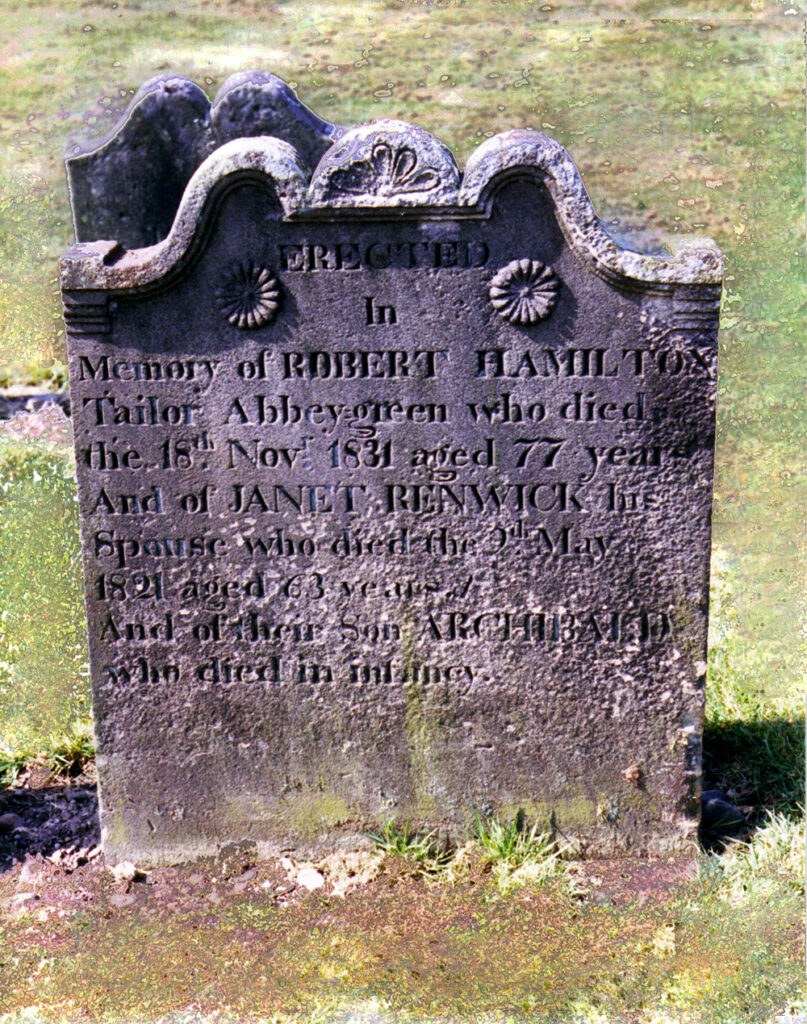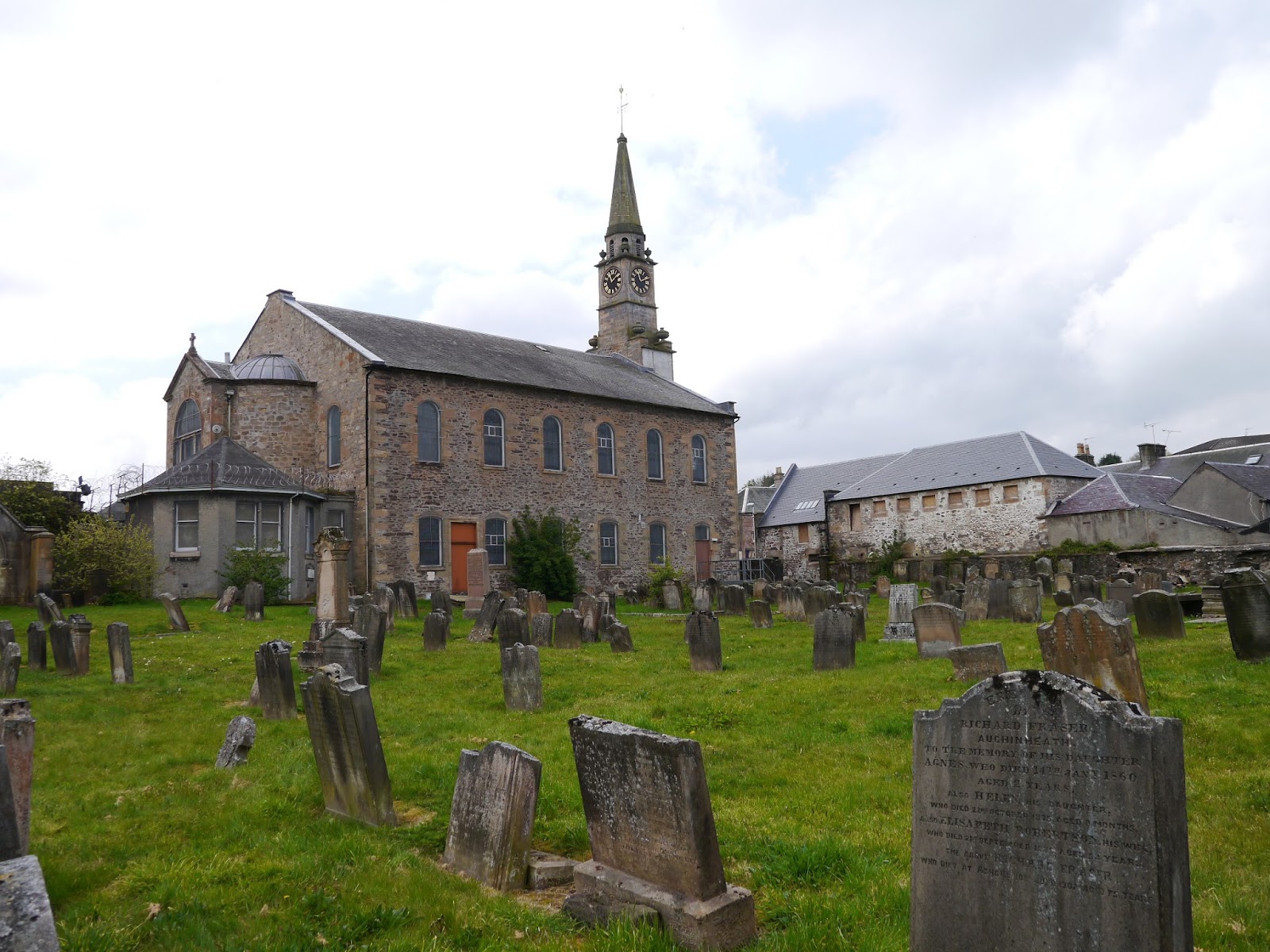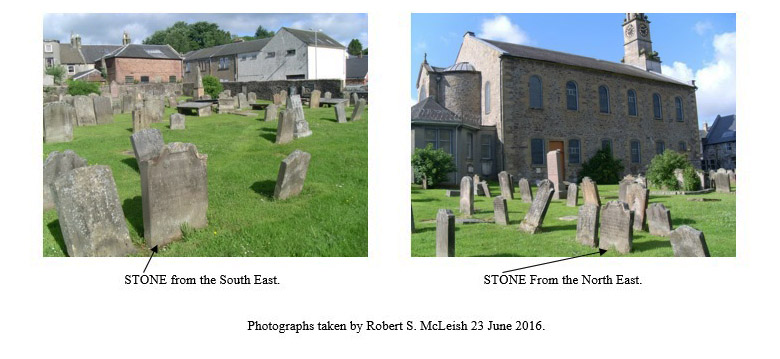Often a death certificate provides important evidence about someone’s life. Such is the case for Hiram Thompson, the brother of my three-times great-grandmother Elizabeth (Thompson) Rixon. Hiram’s death certificate shows he died on May 30, 1882, age 82, in Sophiasburgh, Prince Edward County, Ontario.1 But it wasn’t his death date I was interested in, it was his birthplace. This document states he was born in Goshen, Orange County, New York. Finally, this was the direct evidence I needed to prove that the Thompson family of Sophiasburgh, Prince Edward County2 had originally come from Goshen.3
From previous research, I knew my ancestor Elizabeth (Betsey) Thompson had been born in Sophiasburgh around 1804, but I did not know who her family was. Several Public Member Trees posted on Ancestry.com claimed her parents were John Thompson and Catherine Bennett, originally from Goshen, but there was no proof.
The week before I found Hiram’s death certificate, I visited the Orange County Genealogical Society (OCGS) in Goshen and met with genealogist Elmire L. Conklin, who has done extensive research on the Thompsons. Several individuals named John Thompson lived in Orange County at the end of the 18th century, and one of the questions Mrs. Conklin had looked at was, which one had emigrated?
At the OCGS research library, I focused on the John Thompson (1766-1851) who married Catherine Bennett.4 According to old family records, John Thompson was born Wednesday, Nov. 26, 1766, at 10 p.m., the fourth son of George Thompson and Elizabeth Wells, and married Catherine (Kate) Bennett, of Piersons.5 I have not yet confirmed Kate’s birth or death dates, nor have I found an official record of their marriage or any other information about her family.
John’s father, George Thompson, was a farmer living near Goshen, about 100 km (60 miles) north of New York City. George died in 17826 with no known will. 7 John was just 16 at the time of his father’s death. As a younger son in a large farming family, John may have had to struggle to support his own family. Mrs. Conklin discovered indenture records showing that he and Catherine bought a piece of land near Goshen from Augustus Griffin for 200 pounds in 1796. Two years later, they sold the same land for 40 pounds less than they had paid for it.8
Perhaps John and Catherine decided to go north hoping to find inexpensive land. Several family sources say he went to Canada because he was a Tory (a Loyalist). He was a teen during the American Revolution and did not come to Canada until 17 years after the war ended. The family most likely left Goshen in 1800, a year after their son Hiram was born,9 and family stories say they first went to Adolphustown, Upper Canada, a community founded by United Empire Loyalists.
After they moved, John and Catherine probably lost touch with their Thompson relatives in Goshen. Although the date and time of John’s birth was carefully noted in family records, there was no mention of his death. Perhaps they did write once, but if that letter ever existed, it has disappeared. In 1980, a descendant wrote, “I phoned a cousin, Mrs. Marjorie Carter at Goshen, N.Y. (a descendant of William and Submit (Hudson) Thompson) today. She has given us a great deal of material and did have, but loaned it, a letter from some of the Thompsons at Big Isle.” 10
Another statement that the family went to Canada comes from an extensive genealogy written in 1905 by Ella Bush Thompson. She said, “John m. Kate Bennett of Piersons; he was a Tory, removed to Big Island, Canada, where his descendants have ever lived.” 11
A photocopy of her handwritten manuscript came to the attention of Goshen genealogist Mrs. Conklin around 1980. At that time, various descendants in the U.S. and Canada were researching the Thompson family. Mrs. Conklin, whose husband was a Thompson descendant, became an expert on the Thompsons. She studied land deeds and other records, trying to sort out the multiple 18th century Orange County residents named William, George and John Thompson. When she first started doing her research, Mrs. Conklin was not sure which John Thompson had emigrated. In 1990, she wrote that the only evidence that John and Kate had gone to Canada was Ella Bush Thompson’s manuscript, written 100 years after the fact.11
Mrs. Conklin eventually got hold of a genealogy of the Sophiasburgh Thompson family that had been compiled by Loral Wanamaker, one of the founders of the Bay of Quinte Branch of the Ontario Genealogy Society. Wanamaker stated that both John and Catherine were buried in Big Island Cemetery, Sophiasburgh, alongside sons Hiram and Maurice and daughter Phebe.12
He listed John’s children: Keziah (1795-1867), William Maurice (1797-1856), Hiram (1799-1882), Mary Ann (1800-1877), Elizabeth (c.1804-1872), Phebe (1809-1882) and Rhoda (c.1813- ).13 He also listed grandchildren, several of whom had Bennett as a middle name, including Catherine Bennett Potter (born 1830), James Bennett Thompson (born 1830) and James Bennett Huff (born 1858).14
When I met with Mrs. Conklin in Goshen in September, 2015, she had put aside her earlier hesitation about which Thompson had left Goshen. She assured me that the John Thompson who married Kate Bennett was the emigrant, and therefore my ancestor. She found no evidence of another John Thompson leaving Goshen, and the clues pointing to this John Thompson are overwhelming.
revised Dec. 29 2016 to add reference to Adolphustown
See also:
Janice Hamilton, “A Visit to Goshen,” Writing Up the Ancestors, https://www.writinguptheancestors.ca/2015/09/a-visit-to-goshen.html
Janice Hamilton, “Looking for the Thompsons of Goshen and Sophiasburgh,” Writing Up the Ancestors, https://www.writinguptheancestors.ca/2015/05/looking-for-thompsons-of-sophiasburgh.html
Notes
- “Ontario Deaths, 1869-1937 and Overseas Deaths, 1939-1947,” database with images, FamilySearch(https://familysearch.org/ark:/61903/1:1:JDBB-PPL : accessed 26 October 2015), Hiram Thompson, 30 May 1882; citing Sophiasburg, Prince Edward, Ontario, yr 1882 cn 15486, Archives of Ontario, Toronto; FHL microfilm 1,853,237. A photo of Hiram’s grave can be found at http://geneofun.on.ca/names/photo/1896100. Canada Gen Web’s Cemetery Project. Ontario. Big Island Cemetery, http://geneofun.on.ca/cems/ON/ONPRI13624?PHPSESSID=e5109299debcc11ec9f08ab87902da7a
(accessed Oct. 23, 2015).
The early years of settlement of Upper Canada are difficult to research since no vital records were kept until 1869. All of Hiram’s brothers and sisters had either died before that or were born after the move to Canada, and the census gave the country of birth, not the exact place. - Prince Edward County is located in the Bay of Quinte area on the shores of Lake Ontario, not far from Belleville. It should not be confused with Prince Edward Island, one of Canada’s Maritime Provinces. Sophiasburgh was a township on Big Island.
- I have tried to observe Genealogical Proof Standard (GPS) in this article. Most of the evidence at my disposal has been indirect, derivative and/or secondary. The first step of GPS is a reasonably exhaustive search of the information. I visited the Orange County Genealogical Society research library in Goshen for half a day and spent several hours copying the files that genealogist Elmire Conklin made available to me. I came home with a huge amount of information, but it was Mrs. Conklin who did the exhaustive research over many years.
- Charles B. Thompson, “1500-1990. The Ancestors and Descendants of William Thompson; the Thompsons of Goshen and Georgia,“ undated; Orange County Genealogical Society, Goshen, N.Y..
- “Thompson Genealogy (also Hudson and Duryea)” Orange County Genealogical Society, vol. 8 no. 4 (Feb. 1979), 30. Thompson vertical files. Orange County Genealogical Society, Goshen N.Y. This list of Thompson births, marriages and deaths published in the OCGS newsletter is a transcription of several pages of genealogy found at the back of a mineralogy note book belonging to Walter L. Thompson, Craigville, N.Y., 1864.
Elmire Conklin noted that another descendant obtained a copy of a handwritten genealogy that appeared to have been copied by George Thompson Jr. from his father’s Bible, and she added that it verified the records in Walter L. Thompson’s little black book. Elmire L. Conklin, “Summary of Thompson Family Problems,” 1990, p. 1; Thompson vertical files, Orange County Genealogical Society, Goshen N.Y. - Charles B. Thompson.
- Elmire L. Conklin. “The Two George Thompsons of Early Orange County, N.Y.,” Orange County Genealogical Society, vol. 21 no. 1 (May 1991), p. 9; Thompson vertical files. Orange County Genealogical Society, Goshen N.Y.
- Conklin, “Summary of Thompson Family Problems,” p. 4.
- Canadian genealogist Loral Wanamaker noted that, according to a Thompson family record in possession of Faye Mole of Illinois and copied by her 6/2/1978, Aunt Euphemia Thompson said, “John Thompson married Catherine Bennett and they moved from New York State to Adolphustown, U.C. when their son Hiram was one year old.” C. Loral R. Wanamaker, “John Thompson to Upper Canada circa 1800. Settled first Sophiasburgh twp. Later family Lot #72 – 3 Concession in Township of Ameliasburgh, Prince Edward County, Ontario,” p. 15, 1981; private collection of Elmire L. Conklin.
- Gertrude Gray, Wurtsboro, N.Y., to Sallie Brockman, Silver Spring, MD, Dec. 3, 1980, in Wanamaker, p. C.
- Ella Bush Thompson, “Family Records and Genealogy of Alexander Thompson I ….,” p. 14, photocopy of manuscript; Thompson vertical files, Orange County Genealogical Society, Goshen, N.Y. Ella Bush Thompson, who is descended from another family line, interviewed several family sources, and she was aware of the pitfalls of documenting a family that did not keep good records. In her introduction she wrote, “The records have been collected from the most authentic sources in my day, but as many of the families had neglected to keep their records carefully, they are imperfect. Throughout the records, I shall endeavor to distinguish between positive knowledge and that which is traditional and uncertain.” Ella Bush Thompson, p. 2.
- Wanamaker, p. 2. Although John and Catherine’s gravestones cannot be identified now, in the early 1980s Wanamaker stated John Thompson, was buried in Big Island Cemetery: “Memorial stone Big Island Cemetery – a stone to – John Thompson, 1777-1851. Other records his wife Catherine Bennett.”
- Ibid.
Wanamaker listed all of John’s and Catherine’s sons and daughters, their spouses and the grandchildren. He also transcribed the 1879 will of Phebe Bennett Thompson. Phebe, who was unmarried, ran a grocery store near Sophiasburgh. She left bequests to several nieces and nephews, and the mention of these names helps tie the family together. Wanamaker, p. 25A. - Wanamaker, p. 4, 15, 16.



